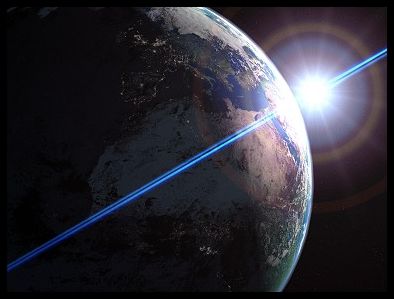
Life in the Universe
Prof. Scott Gaudi

|
Astronomy 141 Life in the Universe Prof. Scott Gaudi |
Key Ideas
Typical conditions for life on Earth
Extremophiles (versus mesophiles)
Temperature Extremes - Thermophiles
Temperature Extremes - Thermophiles
Temperature Extremes - Psychrophiles
Salt Extremes - Halophiles
pH Extremes - Acidophile
Radiation extremes - Radioresistant
Radiation extremes - Radioresistant
Rock Dwellers - Endoliths
The Driest Place on Earth
Limit of Life?
See A Note about Graphics to learn why some of the graphics shown in the lectures are not reproduced with these notes.
[ Return to the Astronomy 141 Main Page | Unit 2 Page ]